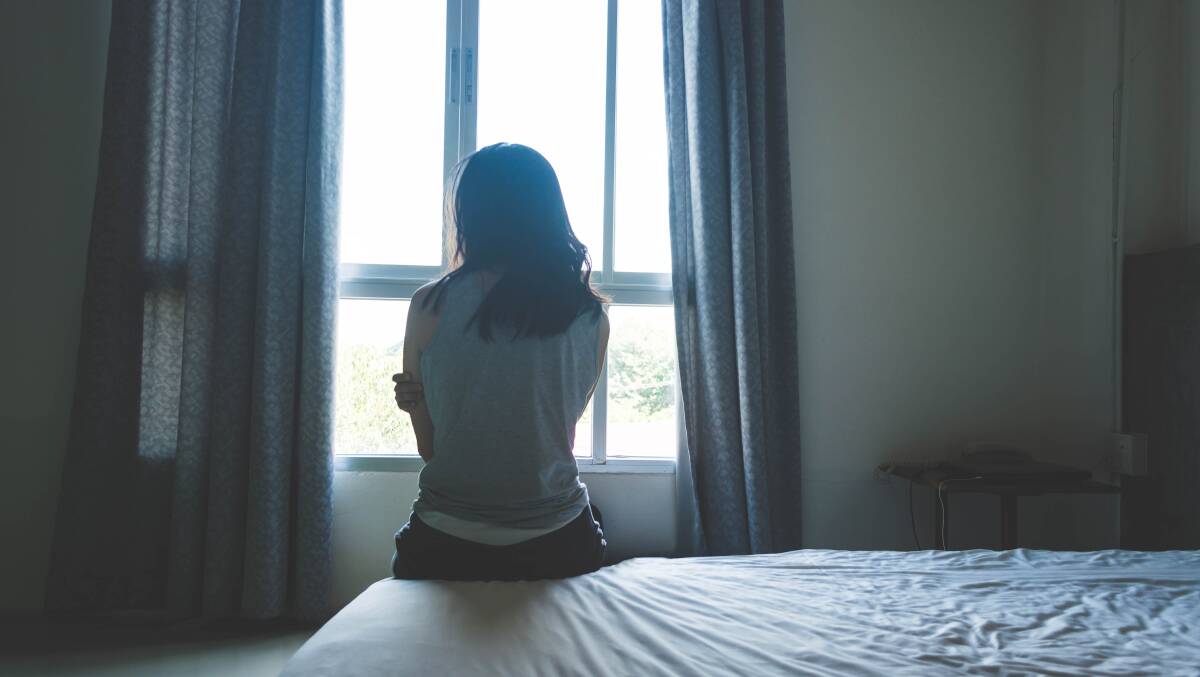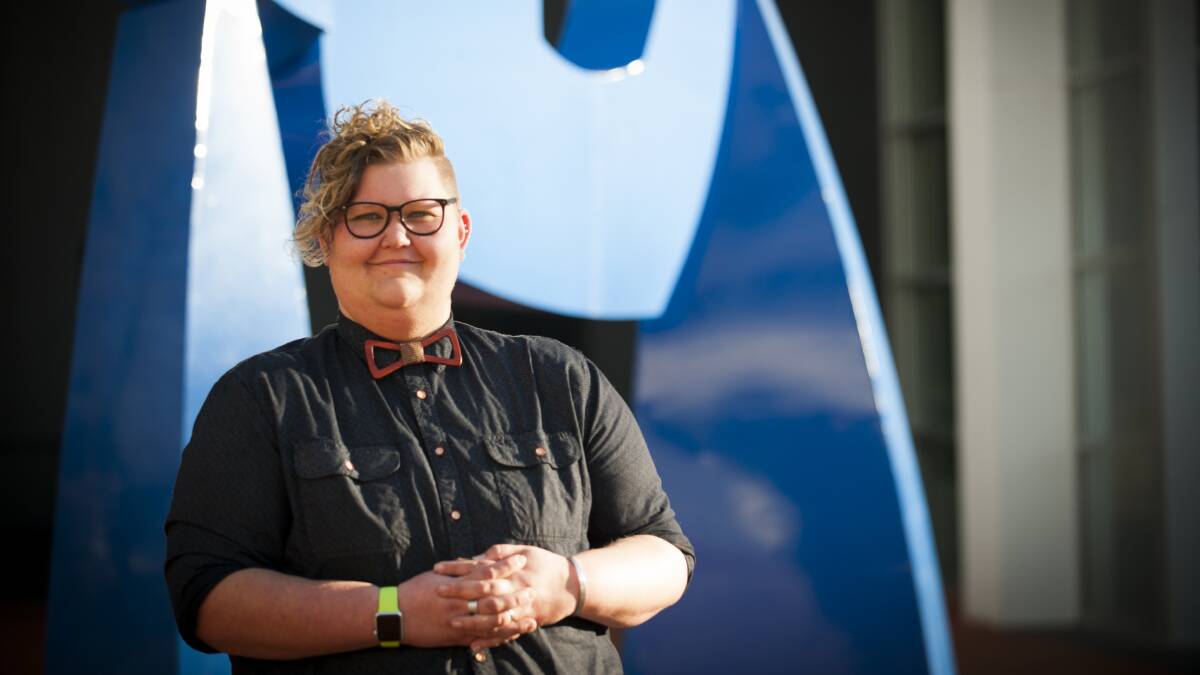
As many as four in ten Australians mistrust women's reports of sexual violence, a recent report from Australia's National Research Organisation for Women's Safety has revealed.
Subscribe now for unlimited access.
or signup to continue reading
The quote in the report's title - "Chuck her on a lie detector" - was taken from one of the study participants who symbolised the mistrust that the report found prevalent in the general Australian community.
This prevailing scepticism is of major concern to one of the report's authors, ANROWS senior research officer Kate Minter.
"Not being believed has a huge impact on victims and survivors," Ms Minter said. "It impacts whether they even recognise their experience as sexual assault, disclose their experience to friends or family, or make a formal report to the authorities."
The report identified a series of myths that continue to circulate about sexual violence reports.
These myths included the belief that a woman should clearly say "no" for it to count as valid assault and expectations around how sexual violence incidents should be remembered by the survivor.
'Myths don't just magically appear'
Domestic Violence Crisis Service ACT CEO Sue Webeck said myths develop from hundreds and thousands of everyday interactions and conversations.
"One of the things we need to be really clear about is when we're talking about myths, we're actually talking about underlying community attitudes," Ms Webeck said.
"They don't just magically appear - they are socially constructed. We call them myths because they are information that are differing to the facts that can be proven".

One of the reports key findings was the pervasive perception that women lie about rape, despite some acknowledge from community members about the challenges of reporting sexual assault.
Participants provided a huge range of estimates about what percentage of allegations they believed were false, with some estimating up to 60 per cent.
Studies cited in the report have estimated that up to 10 per cent of rape allegations made to police are false.
Ms Minter pointed out the need to change the sexual consent script, so the focus was on the mutual and continual agreement to sex from all parties involved rather than the onus on the woman to articulate clear refusal.
"The man accused of sexual assault did not have their actions around consent interrogated anywhere near to the degree that the woman of the story did," she said.
Roles of race and gender
Ms Webeck said women are disproportionately affected by sexual violence, but that they are not the only demographic with such experiences.
"There is the work around specifically the disproportionate experience of violence against trans women and non-binary folk as well," Ms Webeck said.
"There needs to be a concerted effort to ... engage those conversations and centering lived experience in those to ensure that we have the best possible understanding."
READ MORE:
At the launch of the report, Human Rights Law Centre legal director Meena Singh noted the disproportionate impact of sexual violence on Aboriginal women as well.
She said traumatic past experiences of making reports to (often white) police officers could dissuade Aboriginal women from submitting reports to authorities.
"Quite simply, Aboriginal women are not seen as real victims," Ms Singh said. "The way Aboriginal women are seen in terms of womanhood or femininity - all those sorts of things - they're not seen as a genuine victim to be pitied."
Hope in action
Ms Webeck said the best way to respond to someone making a report of sexual violence is though, "kindness and care and support. Not investigation or inquiry or judgement".
Although the report findings show the narratives prevalent in the general Australian community are far from the facts, Ms Webeck was wary of the conversation around sexual violence tunneling into a constant deficit.
"I think we need to be really clear that there's hope," she said.

